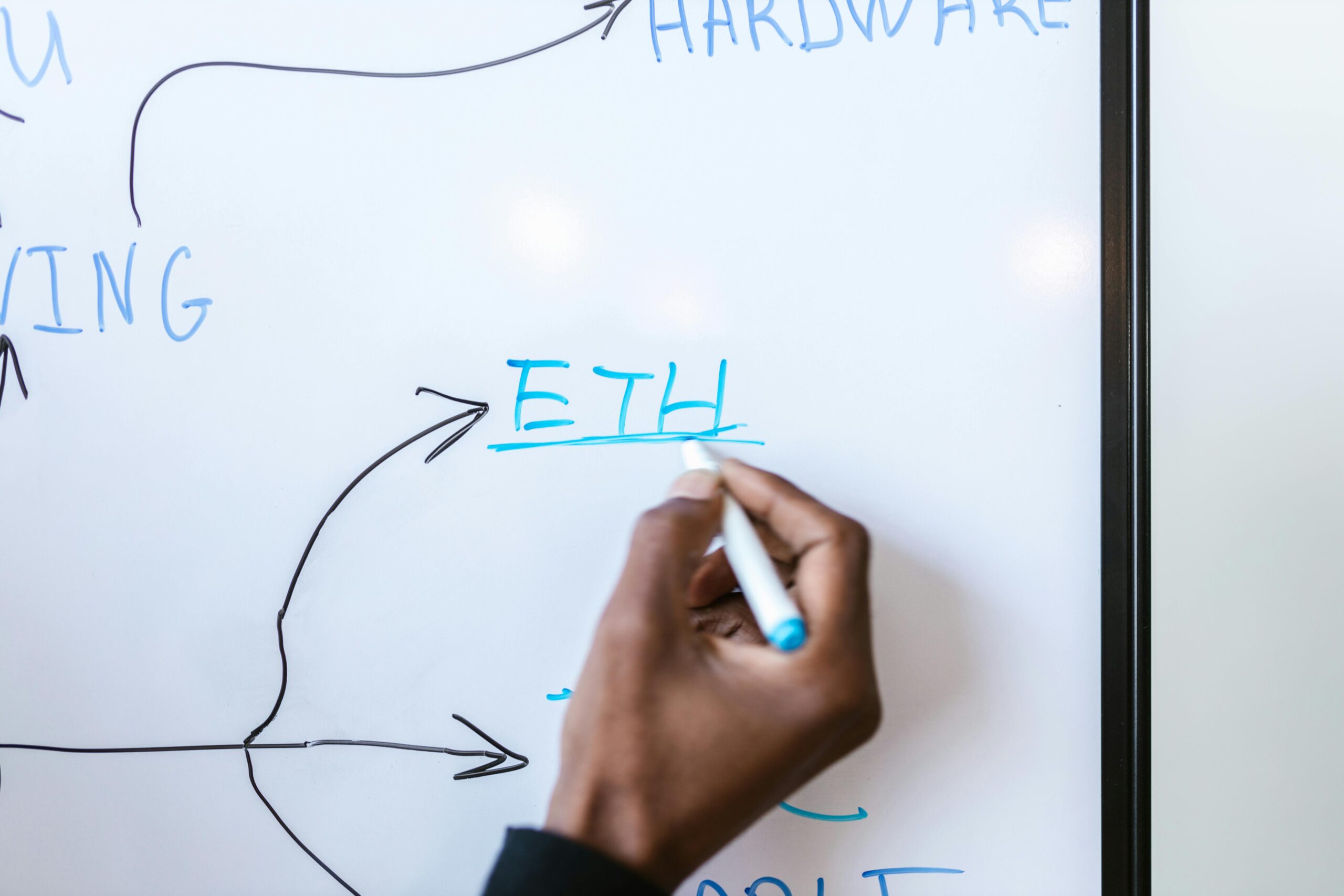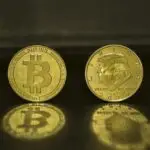Gas fees have long been one of the biggest pain points for Ethereum users. Anyone who has tried to swap tokens, mint NFTs, or interact with DeFi protocols on Ethereum knows the frustration of paying $20 or even $200 for a single transaction. These fees, known as gas, are the cost users pay to execute operations on the Ethereum network, and they fluctuate based on demand. When the network is congested, gas fees soar. This makes Ethereum expensive for smaller traders and creates friction across DeFi.
However, the Ethereum ecosystem is evolving. Over the last few years, a new class of infrastructure known as rollups has emerged to solve the gas fee problem without compromising decentralization or security. Rollups represent a major shift in how Ethereum scales and for anyone trading, farming, or using Web3 apps, understanding how they work is critical.
What Are Ethereum Gas Fees, and Why Do They Matter?
Ethereum gas fees are denominated in gwei, a small fraction of ETH. Every operation—whether it’s sending ETH, calling a smart contract, or swapping tokens, requires computational resources. Gas measures the computational power required to perform these operations. Miners (or validators, post-merge) are rewarded with gas fees in return for validating and executing transactions.
In periods of high demand such as during major NFT drops, DeFi launches, or market volatility, Ethereum becomes congested, and users compete to have their transactions processed faster. This drives up gas prices and can price out average users. For example, a Uniswap swap that costs $3 during quiet times might jump to $75 in a high-traffic window.
For traders and active DeFi users, these fees cut into profit margins, reduce efficiency, and discourage experimentation with smaller amounts. That’s where rollups come in.
Rollups: Ethereum’s Most Promising Scaling Solution
Rollups are Layer 2 (L2) solutions that process transactions outside of Ethereum’s base layer and then post a compressed summary of the results back to the Ethereum mainnet. This means that instead of executing each transaction on Ethereum itself, rollups batch thousands of transactions, dramatically reducing the cost per transaction.
There are two main types of rollups live in 2025:
- Optimistic Rollups: These assume transactions are valid by default and only run fraud proofs if challenged. Examples: Optimism, Arbitrum, and Base.
- ZK-Rollups (Zero-Knowledge Rollups): These use cryptographic proofs (known as validity proofs) to instantly verify correctness. Examples: zkSync Era, Starknet, Polygon zkEVM, Linea.
Both types offer significant fee reductions, often by 90% or more compared to mainnet. For example, a swap on Uniswap via zkSync or Arbitrum might cost less than $0.10 versus $10+ on Ethereum.
Why Rollups Matter for Traders and DeFi Users
For traders, gas costs aren’t just annoying, they’re a strategic consideration. When gas is too high, it’s not worth executing a trade unless the profit exceeds the cost. This limits arbitrage opportunities, slippage reduction tactics, and cross-protocol activity.
Rollups eliminate much of that limitation. Here’s how:
- Lower Fees: Most rollups today reduce gas costs by 10x to 100x compared to mainnet. Traders can afford to move smaller amounts without burning profits.
- Faster Finality: Many rollups offer faster confirmation times, especially ZK-rollups, where finality can be achieved in seconds.
- Direct Access to DeFi: Leading DeFi protocols like Uniswap, Aave, Curve, Synthetix, and Balancer have deployed on Layer 2s, allowing traders to use them natively without mainnet fees.
- Greater Volume for Small Traders: Rollups democratize access to DeFi. In 2021, only whales could afford to farm yield on Ethereum. In 2025, even casual users can stake, swap, and borrow on L2s with less than $100 in their wallet.
Rollup Adoption in 2025: Where Are We Now?
Ethereum’s rollup ecosystem has matured significantly. As of mid-2025:
- Arbitrum One holds the highest total value locked (TVL) of any L2, with massive liquidity across DeFi protocols and one of the most active communities of traders and developers.
- Optimism has secured deep partnerships, including powering Coinbase’s Base chain, which exploded in retail activity thanks to low fees and intuitive user experience.
- zkSync Era and Polygon zkEVM are leading the charge in ZK-rollup tech, offering native ETH compatibility and full DeFi stacks.
- Starknet, using Cairo-based smart contracts, is favored by advanced applications needing custom performance, including derivatives protocols and on chain games.
- Rollup-native trading platforms like dYdX, Aevo, Velodrome, and Perpetual Protocol are offering low-fee perpetuals, options, and swaps entirely on L2.
For example, a trader can now open a $1,000 leveraged position on Aevo (Optimism-based) or dYdX (Starknet-based) and pay only a few cents in fees versus potentially $20–$100 on Ethereum mainnet.
How Rollups Cut Costs: A Closer Look
Let’s consider how a basic token swap becomes cheaper with rollups:
- On Ethereum mainnet, every swap goes through a full execution process validated by every node. If there are 100,000 active users, the network becomes congested and fees spike.
- On a rollup like Arbitrum, those 100,000 transactions are batched into a single bundle, executed off-chain, and posted as a compressed proof back to Ethereum. Only the final state is recorded on-chain, which reduces computation and storage needs dramatically.
- This reduces demand on Ethereum blockspace, lowering gas consumption per user.
It’s like moving from mailing individual letters to sending a truckload of packages once a day. Everyone shares the delivery cost—and it’s far cheaper.
But Are Rollups Safe?
Security is always a concern when moving off the Ethereum mainnet. Fortunately, rollups inherit much of Ethereum’s base-layer security because they anchor data back to Ethereum. However, there are nuances:
- Optimistic rollups have a challenge window (usually 7 days) during which transactions can be disputed. This means withdrawals take longer, although fast-bridging solutions like Hop, Across, and Orbiter mitigate this.
- ZK-rollups offer near-instant finality with cryptographic proofs, but their technology is complex and still evolving.
Importantly, rollups are non-custodial. You control your assets through your wallet. Still, bridges, sequencers, and smart contracts used by rollups can be attack vectors, so always check for audits and the reputation of protocols deployed on L2s.
Gas Fee Examples in 2025: Ethereum vs Rollups
| Action | Ethereum Mainnet | Arbitrum | zkSync Era | Optimism |
| Simple ETH Transfer | $2–$8 | ~$0.01 | ~$0.005 | ~$0.02 |
| Token Swap | $12–$40 | ~$0.25 | ~$0.10 | ~$0.30 |
| NFT Mint | $30–$120 | ~$0.50 | ~$0.20 | ~$0.60 |
(Values based on average conditions in Q2 2025)
How Traders Can Start Using Rollups Today
Getting started on a rollup is easier than ever. Most wallets like MetaMask, Rabby, and Coinbase Wallet now support rollups natively. Here’s a simple workflow:
- Bridge Funds: Use a trusted bridge like Hop Protocol, Orbiter Finance, or Across Protocol to move ETH or stablecoins from Ethereum to a rollup.
- Connect Wallet: Visit a rollup-based DEX like Uniswap (Arbitrum/Optimism) or SyncSwap (zkSync Era), connect your wallet, and begin trading.
- Monitor Gas: Tools like L2Fees.info or Blocknative show real-time gas costs across L2s so you can choose the cheapest chain before transacting.
- Earn More: Yield farms and liquidity pools on L2s offer high APRs without the high entry fees of Ethereum mainnet. Traders can compound more frequently, making their strategies more efficient.
The Future: Rollups and Ethereum 2.0
Ethereum’s long-term vision is built around rollups. With EIP-4844 (“proto-danksharding”) expected to be fully implemented by early 2026, rollup costs will drop even further due to the introduction of blobs ,a new data type that reduces L2 posting costs.
This means sub-penny transaction fees will become the norm, opening up new use cases like micro-payments, decentralized social media, and on-chain gaming, all without sacrificing Ethereum’s decentralization.
As more apps go rollup-native, and more users shift to L2s, Ethereum becomes the secure settlement layer while rollups become the execution layer.
Conclusion: Rollups Unlock a Scalable Future for Ethereum Traders
Gas fees no longer need to be a barrier to participating in the Ethereum ecosystem. Rollups provide a scalable, secure, and user-friendly solution that makes DeFi and Web3 apps accessible to everyone from retail users with $50 to whales managing complex trading strategies.
For crypto traders, rollups are not just an optimization, they’re a game-changer. By dramatically reducing transaction costs, they allow faster execution, more flexible strategies, and ultimately, higher returns.
If you’re still trading exclusively on Ethereum mainnet, it’s time to rethink. The rollup era is here and it’s reshaping the economics of crypto trading, forever.





